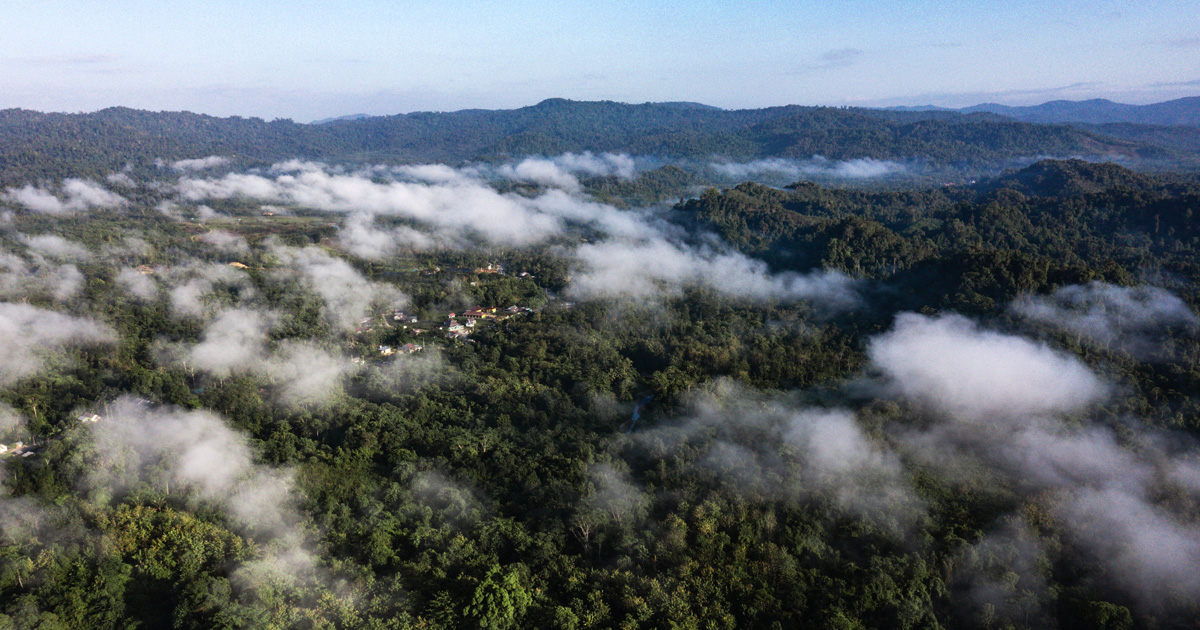Epigeous termite mounds are frequently observed in pasture areas, but the processes regulating their population dynamics are poorly known. This study evaluated epigeous termite mounds in cultivated grasslands used as pastures, assessing their spatial distribution by means of geostatistics and evaluating their vitality. The study was conducted in the Cerrado biome in the municipality of Rio Brilhante, Mato Grosso do Sul, Brazil. In two pasture areas (Pasture 1 and Pasture 2), epigeous mounds (nests) were georeferenced and analyzed for height, circumference and vitality (inhabited or not). The area occupied by the mounds was calculated and termite specimens were collected for taxonomic identification. The spatial distribution pattern of the mounds was analyzed with geostatistical procedures. In both pasture areas, all epigeous mounds were built by the same species, Cornitermes cumulans. The mean number of mounds per hectare was 68 in Pasture 1 and 127 in Pasture 2, representing 0.4 and 1 % of the entire area, respectively. A large majority of the mounds were active (vitality), 91 % in Pasture 1 and 84 % in Pasture 2. A "pure nugget effect" was observed in the semivariograms of height and nest circumference in both pastures reflecting randomized spatial distribution and confirming that the distribution of termite mounds in pastures had a non-standard distribution.
Download:
DOI:
https://doi.org/10.1590/01000683rbcs20150326
Altmetric score:
Dimensions Citation Count:
























